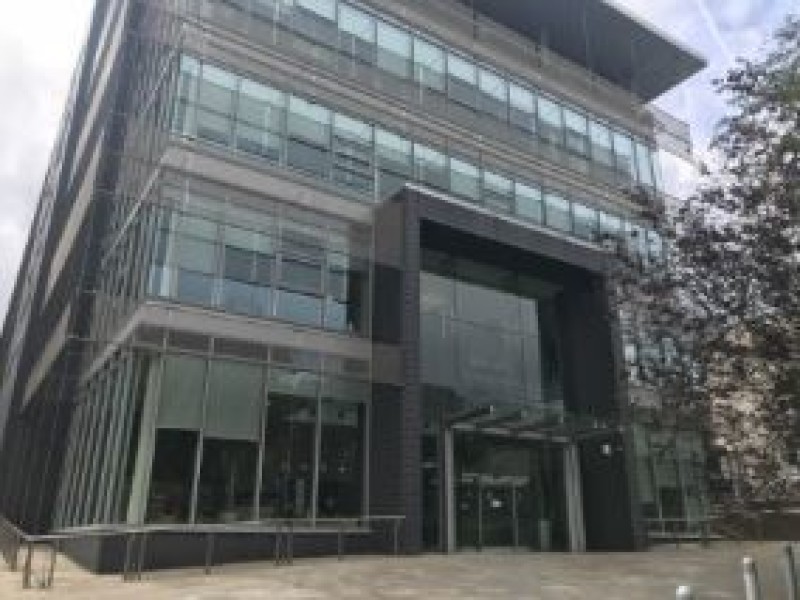PROPOSED changes to already-approved plans to turn a former colliery site into a renewable energy park have been announced this week.
Plans for a plant which turns waste timber into electricity on the former Houghton Main Colliery site off Park Spring Road, were approved in 2015, but under strict conditions. These included tight regulation over the number of vehicle movements in and out of the site.
A new application seeks to relax those conditions allowing more vehicles, and allow a greater variety of material to be used as fuel on the site including refuse derived fuel (RDF) which is made from waste products including paper, non-recyclable plastics and textiles.
The application sees the number of vehicles in and out of the plant increase from 30 to 39 per weekday, and 33 on both Saturday and Sunday.
Little Houghton parish councillor Kevin Osborne said: “The local authority rejected the previous application and one major reason behind that was the transport and the increased journey time on what is already a very busy highway.
“Local people have moved to the area for its appeal as a semi-rural area and we have enjoyed a sense of tranquility since the pit closed. But that risks being broken by a great number of lorries travelling on the road.”
The plans caused controversy when they were first submitted in 2014 as they included an anaerobic digester a facility for breaking down biodegradable matter or ‘biomass’ into fuel as well as a facility to burn timber.
That application was met with opposition by residents of nearby Houghton, Darfield and Grimethorpe, and was rejected, but a new application without the digestion facility was accepted in 2015.
Kevin also raised concerns about the use of RDF.
“I think the science behind it needs to be clearly explained,” Kevin said.
“There’s no official definition of what RDF is. It could be one particular batch is a large amount of animal matter or plastic.
“I welcome high technology and the increase in jobs but I don’t want a bonfire on the end of my street.”
A letter sent out to residents states all the fuel used at the centre will be supplied by a single source, which would mean the ‘routes and timings of deliveries to the energy centre can be controlled to reduce potential impacts on local roads’.
Richard Barker, development manager at Peel Environmental, which will take over the site, added: “The increased amount of fuel used at the energy centre will have a negligible impact on the local road network, which has capacity to accommodate the extra vehicles.
“A traffic management plan that limits the number of vehicles and sets controls on the routes and timings of deliveries has been submitted with the S73 application. This will enable Barnsley Council to control traffic operations effectively.”
With regards the environmental impact of storing and burning RDF, Richard said the facility would be required to meet the same ‘strict environmental standards’ as the existing plan, and no RDF would be stored or handled outside.



























